How to set an interior design budget – and stick to it
Thinking about a house or interior redesign? Two experts share their know-how for achieving maximum results with minimum spend

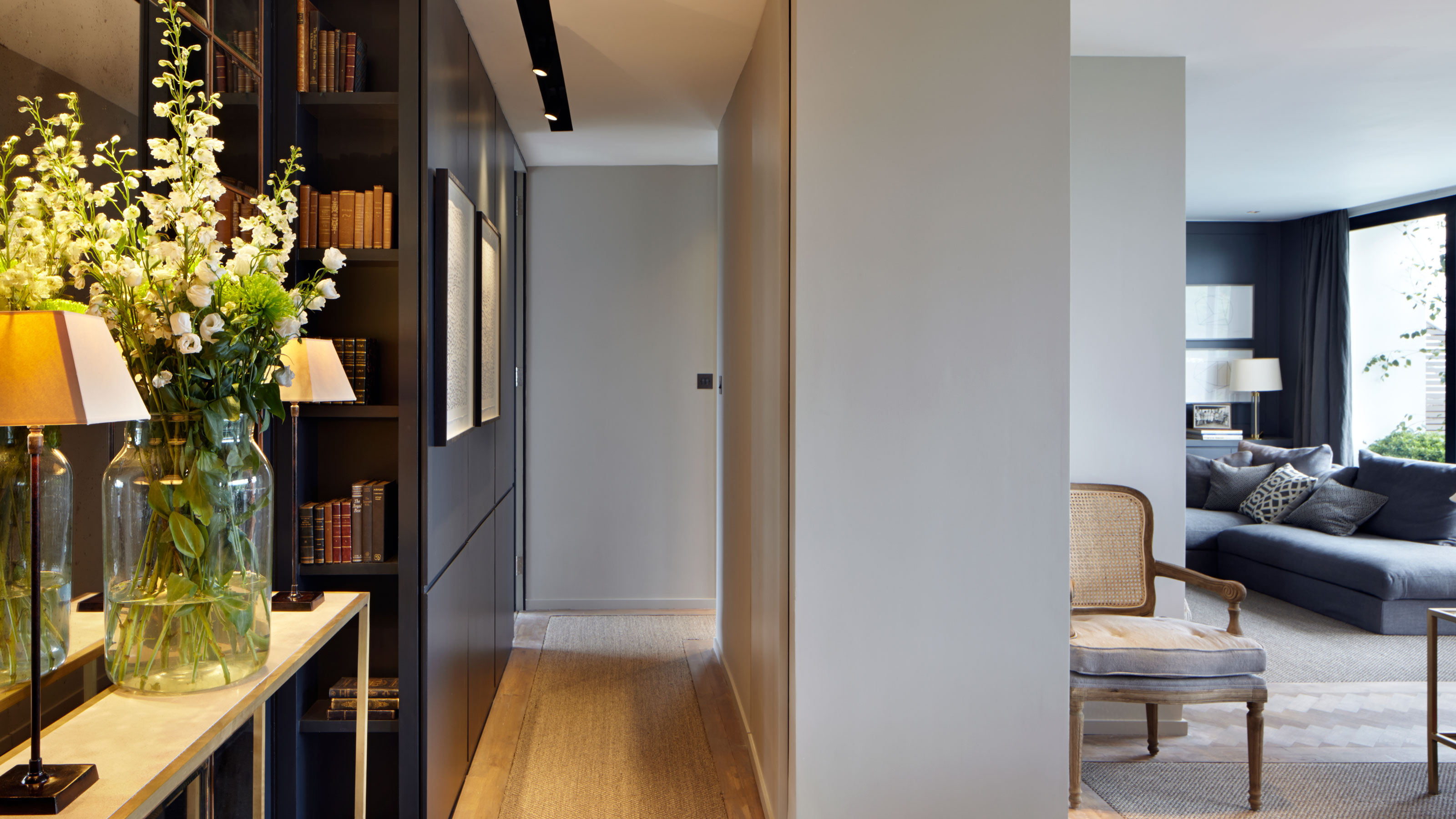
Want to know how to set an interior design budget and stick to it? We picked the brains of two of the UK’s leading designers to help you decide where to spend your money or save it.
See: Interior design tips – decorating secrets for the world's top experts
Architect Claire Sa established architectural practice De Rosee Sa with Max de Rosee in 2007. The practice is known for its elegant residential work, a skilled use of materials and detailing, and considerable experience of working with period buildings.
The interior designer Nicola Harding has more than 12 years’ experience of running her own interior design practice, Nicola Harding knows all about managing residential projects, large and small.
1. Take time to make your design decisions

‘The project always suffers when you rush into a build,’ advises architect Claire Sa. ‘Making a Pinterest scrapbook is a good way to pull together ideas and then plan a look to stick to. Be careful of going for the contractor who promises to do it faster than anyone else, and set aside a budget for contingencies. We usually recommend 10%.’
Nicola Harding also suggests, ‘Don’t just think about what you want, think about why you want it. Often people believe they need something without thinking about it thoroughly, deferring to something that is in fashion, or that other people have, or that they grew up with.’
2. Resist the temptation to start with a clean slate
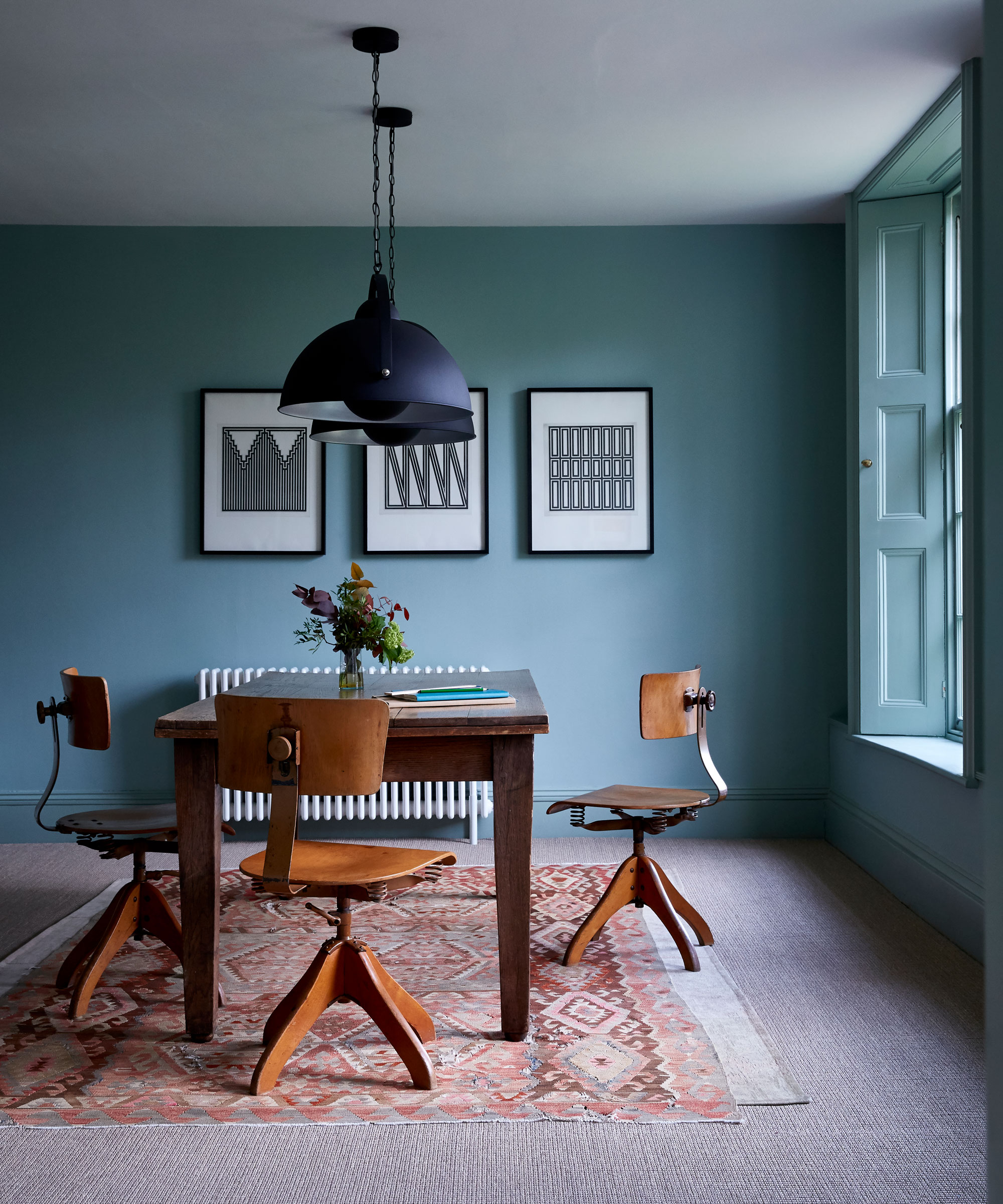
‘I look closely at what is already there and how it might be reimagined,’ says interior designer Nicola Harding. ‘Consider finishes (flooring, wall tiles), architectural elements (doors, windows, fireplaces), ironmongery, sanitaryware, curtains, furniture and light fittings. This approach not only saves money, but also the environment.’
Design expertise in your inbox – from inspiring decorating ideas and beautiful celebrity homes to practical gardening advice and shopping round-ups.
Claire Sa agrees: ‘Take stock at the start of what possible building materials, such as floors, doors, etc, you could recycle into the project.’
3. Planning ahead is vital and manage expectations at the outset
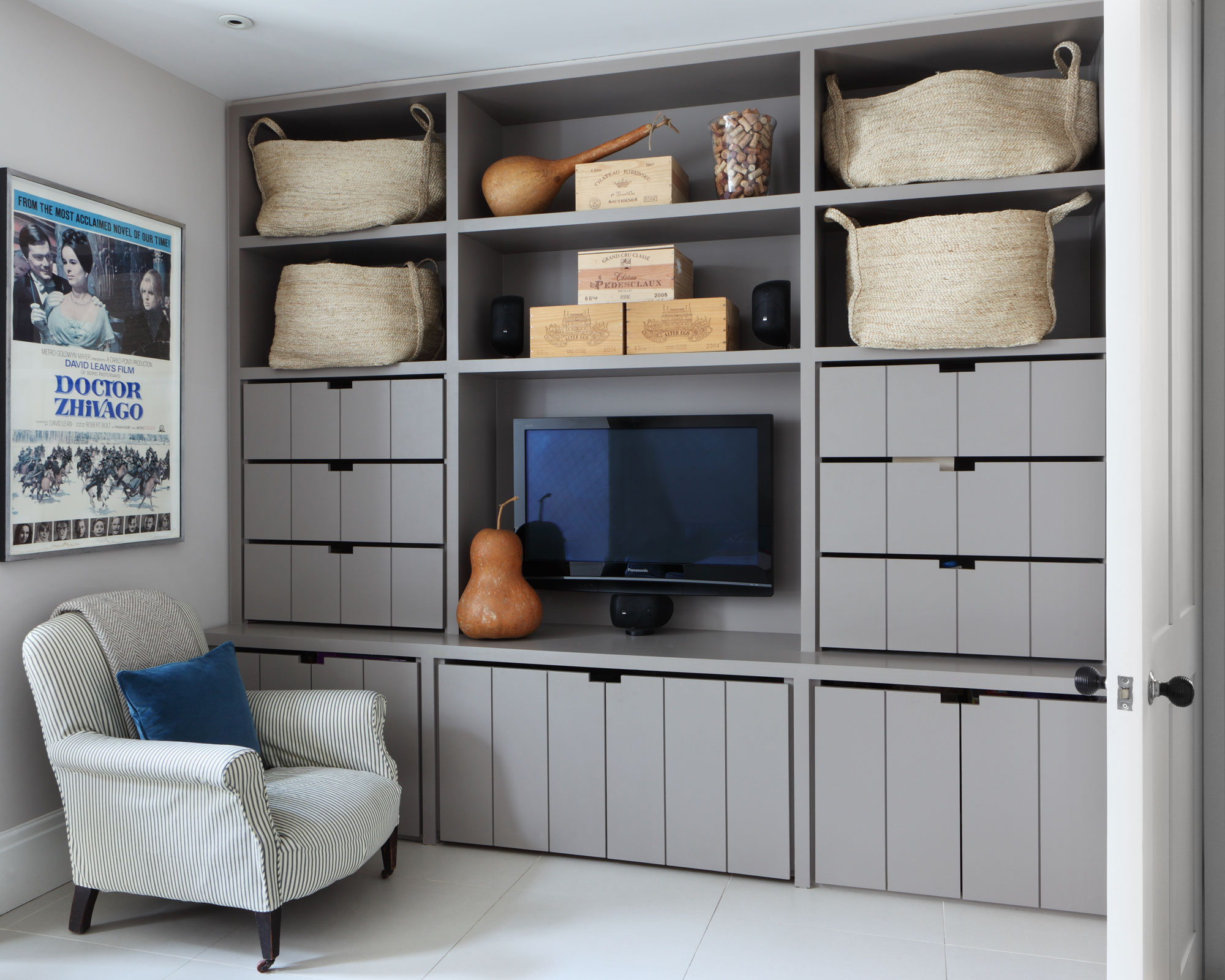
‘If a budget is restricted,’ says Claire Sa, ‘it is better to use it for fewer carefully considered spaces so I would limit the number of floors or rooms you work on. I would say the most value is probably achieved by creating the space, in other words optimising the volume or area. The decorative "cosmetic" layers can always be done afterwards.’
4. Spend your budget on areas of the house that take a battering, such as kitchens

‘Invest in a good quality stone work surface, but save by installing cheaper carcassing for the units instead of buying bespoke,’ says Claire Sa. ’A quality floor is also a good idea for heavily trafficked areas. However, you can buy long lengths of pine boards from a builders’ merchant more cheaply and paint them with a wash or floor paint (Farrow & Ball do a floor paint range).’
Nicola Harding suggests, ‘An alternative route could be to reduce the amount you need to help focus your budget. For example, use freestanding pieces of furniture in the kitchen and have a nearby cupboard or small room as a scullery where you can store food, appliances or serveware.’
5. No matter how small your budget, good lighting is non-negotiable
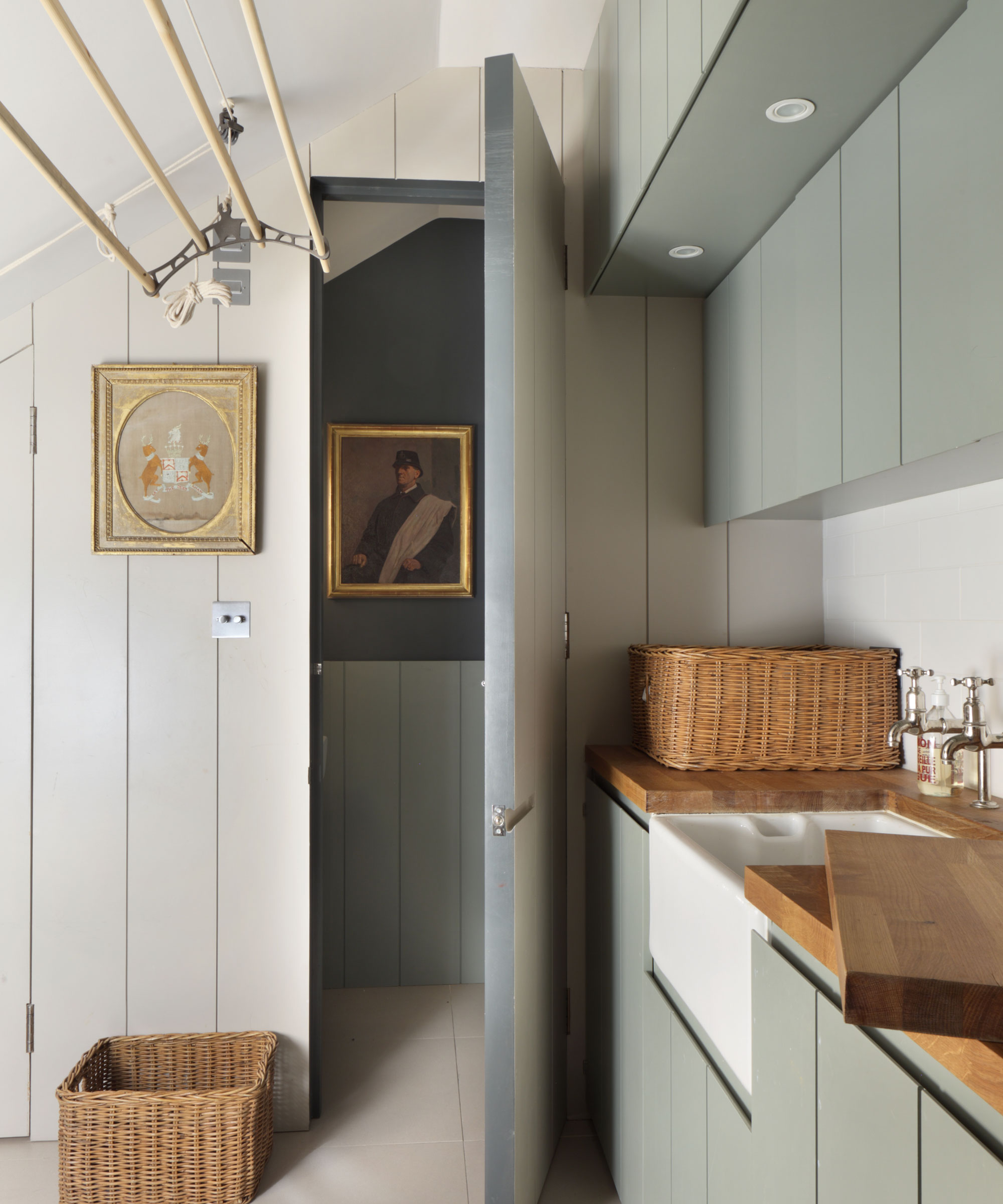
It’s probably the most important thing to get right, and it doesn’t need to be expensive. ‘Poor lighting is the quickest way to kill atmosphere,’ says Nicola Harding.
‘Downlights can quickly blow the budget – they are expensive and not to my taste. My secret is lots of lamps with warm white light bulbs, so use your budget for good quality bulbs and always ensure that light switches are dimmable.’
6. Search out the best moderately priced products
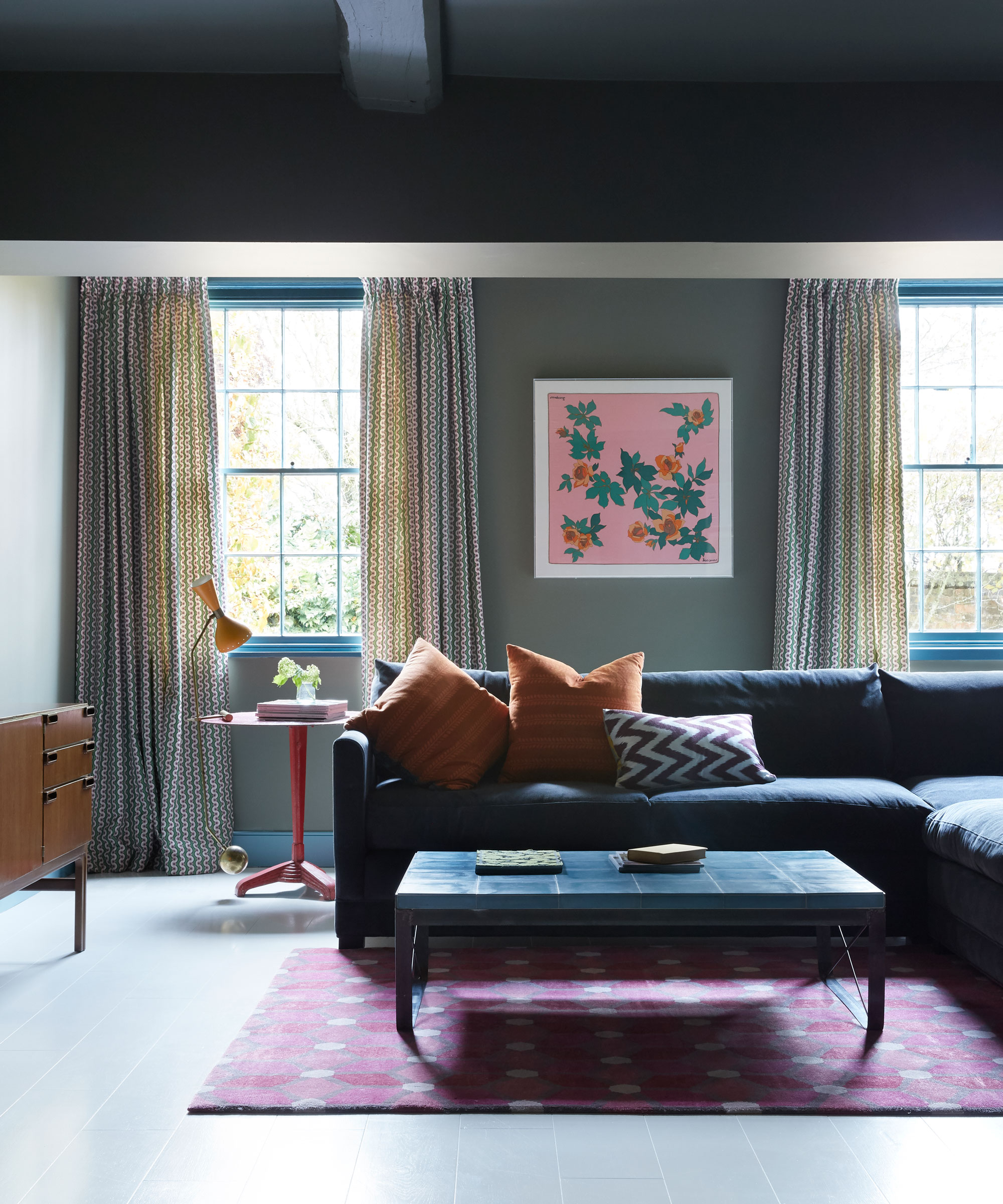
Research can yield clever solutions. ‘I am always testing new materials and love anything that looks great and is cheap,’ says Claire Sa. ‘For example, if you don’t want to spend a huge amount on lining a shower with expensive stone, you could try Mortex to line the tray and walls. It’s a little like tadelakt and comes in a range of colors.’
Nicola Harding adds ‘Don’t spend on expensive radiators – DIY stores do great value column rads.’

Jennifer is the Digital Editor at Homes & Gardens, bringing years of interiors experience across the US and UK. She has worked with leading publications, blending expertise in PR, marketing, social media, commercial strategy, and e-commerce. Jennifer has covered every corner of the home – curating projects from top interior designers, sourcing celebrity properties, reviewing appliances, and delivering timely news. Now, she channels her digital skills into shaping the world’s leading interiors website.